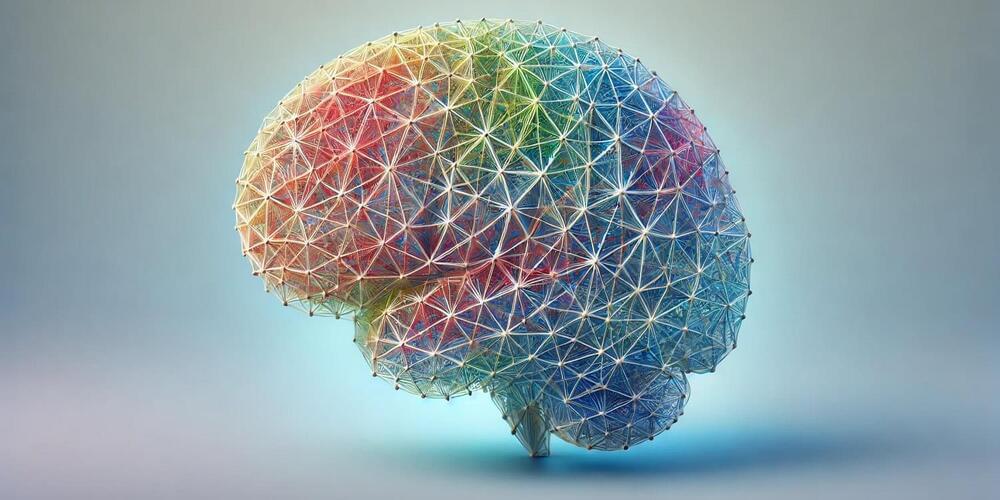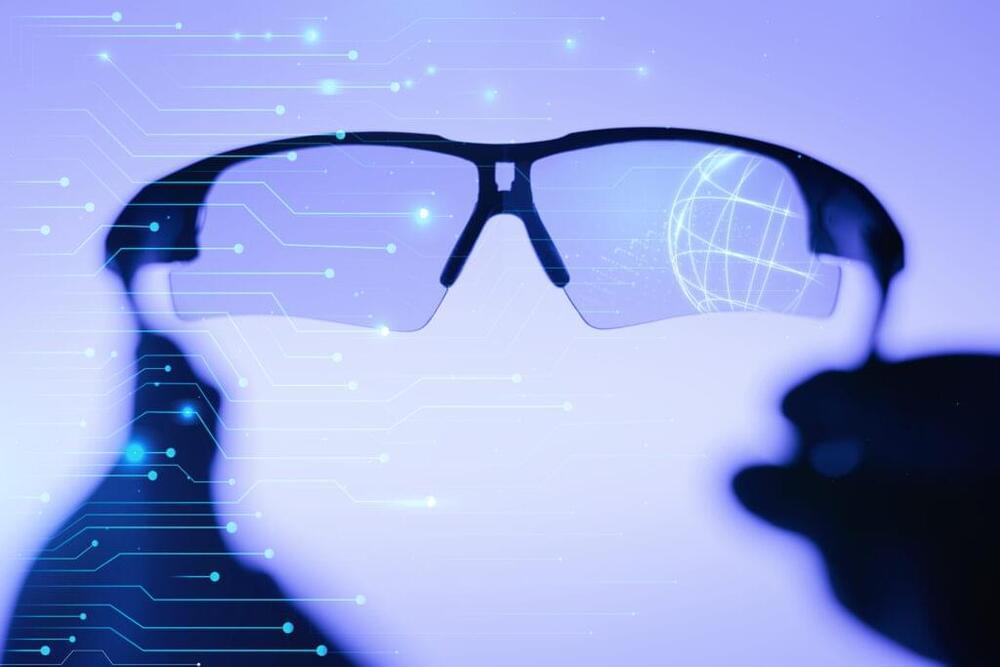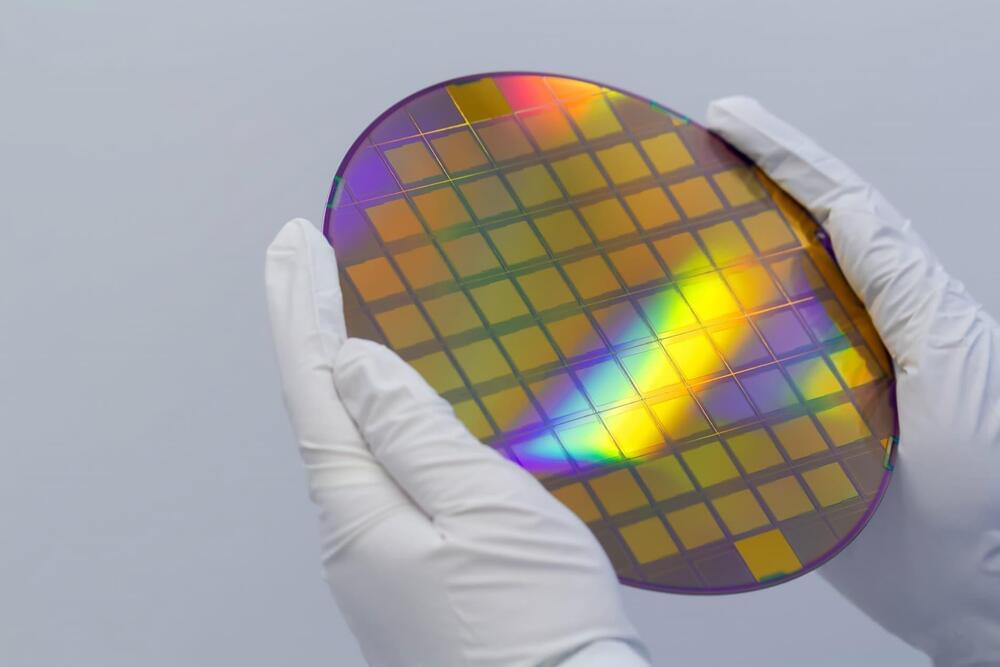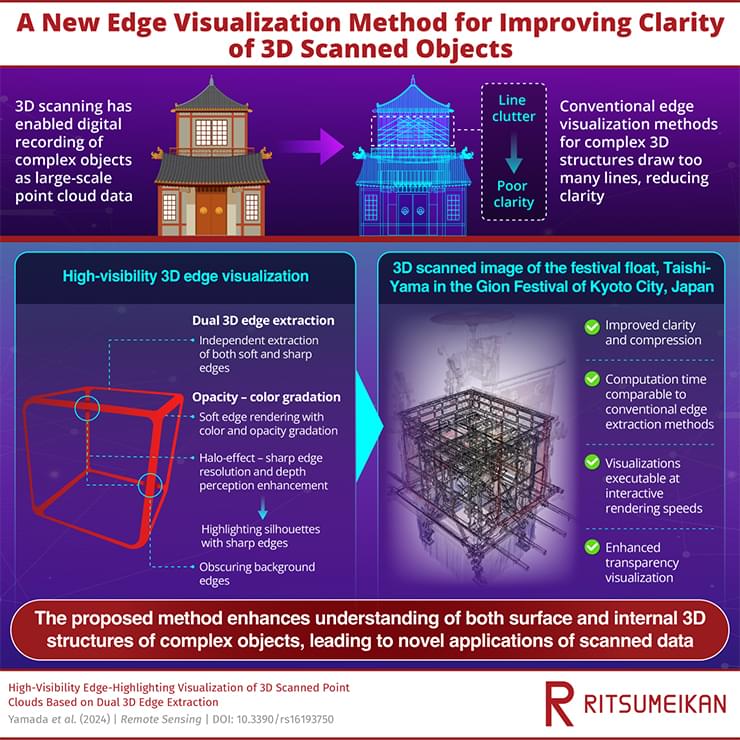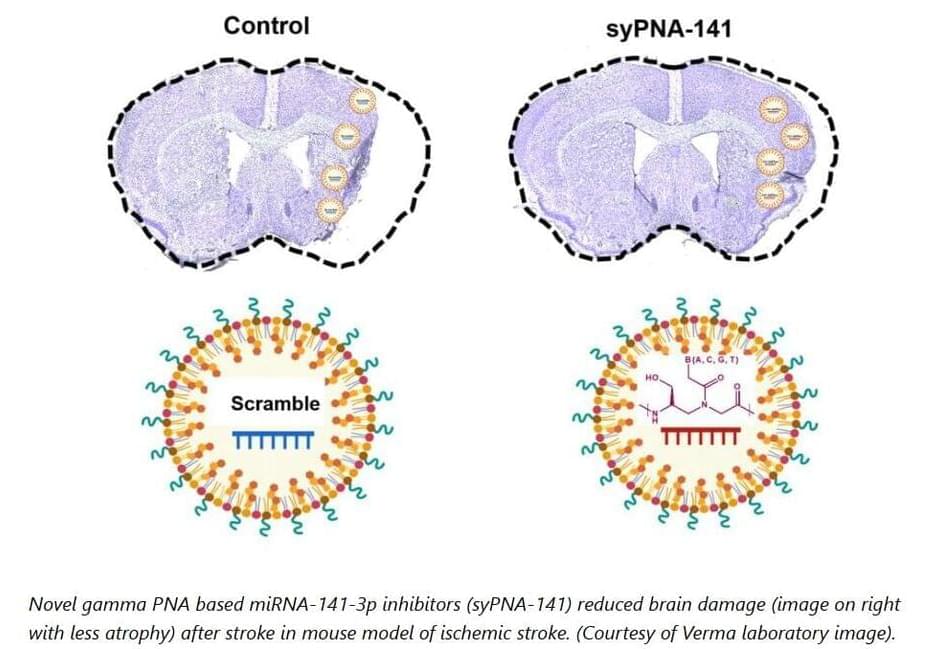Nov 20, 2024
Brain circuitry changes linked to therapeutic success in depression treatment
Posted by Genevieve Klien in categories: biotech/medical, neuroscience
Can therapy rewire the brain? For individuals struggling with both depression and obesity, a new Stanford Medicine study says yes—when the therapy is the right fit. Researchers found that cognitive behavioral therapy focused on problem-solving reduced depression symptoms in a third of participants and altered their brain activity in ways that could predict longer-term benefits. The findings have been published in Science Translational Medicine.
Depression affects millions of people worldwide and becomes particularly challenging to treat when paired with obesity, a condition that complicates recovery and worsens outcomes. Previous research has suggested that brain regions associated with cognitive control—areas responsible for regulating emotions and behaviors—might influence how individuals respond to therapy.
This study aimed to determine whether a therapy specifically designed to engage these brain circuits could lead to sustained improvements in depression symptoms, particularly in individuals with comorbid depression and obesity. The researchers also investigated whether early changes in brain activity could predict long-term therapeutic success, paving the way for more personalized treatment strategies.
